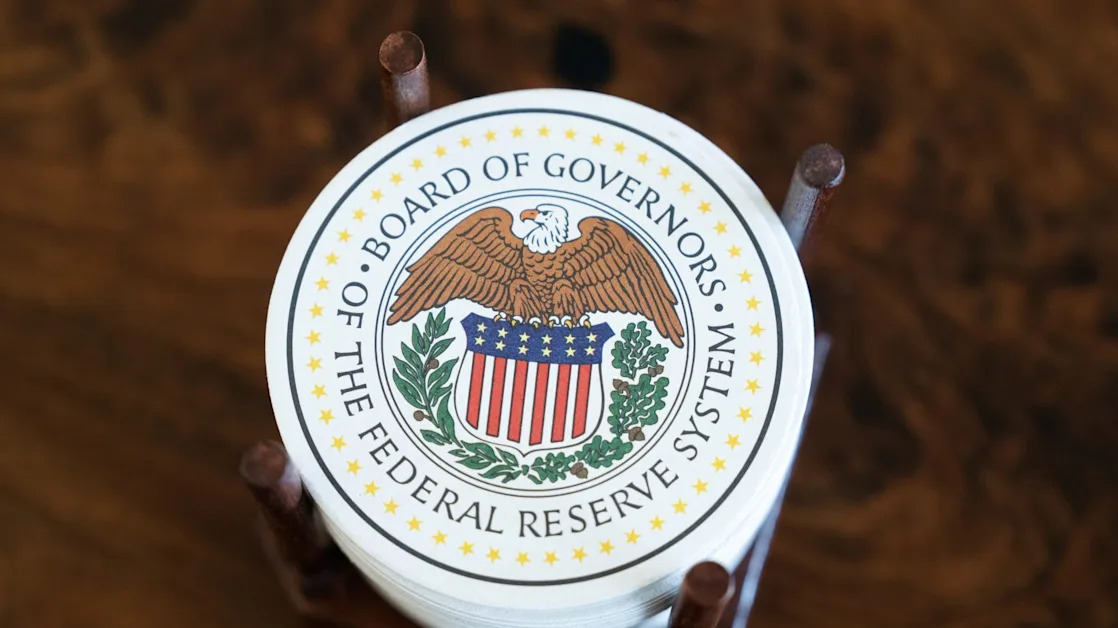By Lucia Mutikani
WASHINGTON (Reuters) - U.S. producer prices increased less than expected in July as the cost of services fell by the most in nearly 1-1/2 years amid signs of diminishing pricing power for businesses, evidence of waning inflation pressures that reinforced hopes of an interest rate cut next month.
The report from the Labor Department on Tuesday also showed favorable readings for most of the components that go into the calculation of the personal consumption expenditures (PCE) price indexes, the inflation measures tracked by the Federal Reserve for monetary policy. Moderating inflation should allow the U.S. central bank to focus more on the labor market.
A surge in the unemployment rate to a near three-year high of 4.3% in July fanned fears in financial markets of a recession, which have been largely dismissed by economists.
"Producer price increases cooled this month which is good news for the Fed's inflation fight, but there is no PPI deflation, so Fed officials do not have to rush to judgment and bring rate cuts forward because the economy is headed downhill," said Christopher Rupkey, chief economist at FWDBONDS.
The producer price index for final demand edged up 0.1% last month after rising by an unrevised 0.2% in June, the Labor Department's Bureau of Labor Statistics said. Economists polled by Reuters had forecast the PPI gaining 0.2%.
In the 12 months through July, the PPI increased 2.2% after climbing 2.7% in June.
Services prices fell 0.2%, the largest decline since March 2023, after rising 0.4% in June. The fall reflected a 1.3% drop in trade services, which measure changes in margins received by wholesalers and retailers, the largest decline for that category since February 2015. Trade margins rose 1.4% in June.
Margins for machinery and vehicle wholesaling fell 4.1%.
There were also decreases in margins for food and alcohol retailing as well as automobiles, automotive fuels and lubricants retailing, and desktop and portable device application software publishing.
Ebbing pricing power was also evident in the National Federation of Independent Business survey on Tuesday, which showed significant declines in the shares of small businesses raising average selling prices and planning price hikes in July.
"We expect gross margins to fall over the coming months as growth in consumers' spending continues to slow, but July's rapid rate of decline is unsustainable," said Ian Shepherdson, chief economist at Pantheon Macroeconomics.
The cost of transportation and warehousing services, however, rose 0.4%. Airline fares fell 0.2% after rising 0.4% in June. Healthcare and medical insurance costs ticked up 0.1% following a 0.2% gain in the prior month.
The cost of physician services fell 0.2%, while hospital inpatient care rose 0.2% after climbing 0.4% in June. Hotel and motel room prices dropped 0.4% after declining 0.5% in June. Portfolio management fees increased 2.3%, a gain that is likely to be reversed following a recent stock market sell off.
Portfolio management fees, healthcare, hotel and motel accommodation and airline fares are among components that go into the calculation of the PCE price indexes, the inflation measures tracked by the Fed for its 2% target.
Economists' estimates for the July core PCE price index ranged from 0.14% to 0.2% based on the PPI data. These estimates could change after July's consumer price data on Wednesday. Core inflation rose 0.2% in June.
Stocks on Wall Street were trading higher. The dollar fell against a basket of currencies. U.S. Treasury prices rose.
RATE CUT AWAITED
Financial markets anticipate a 25 basis point rate cut in September, followed by similar reductions in November and December. A half-a-percentage point cut cannot be ruled out next month, but much will depend on August's employment report.
The Fed has maintained its benchmark overnight interest rate in the current 5.25%-5.50% range for a year, having raised it by 525 basis points in 2022 and 2023.
Goods prices rebounded 0.6% in July, the largest gain in five months, after falling for two straight months. A 1.9% increase in energy prices accounted for nearly 60% of the rise in goods prices. Wholesale gasoline prices increased 2.8%. There were also increases in the prices of diesel and jet fuel.
With oil prices recently declining amid expectations of softening demand in China, the rebound in energy prices is likely to be short-lived. Wholesale food prices shot up 0.6% after nudging up 0.1% in June. Meats, fresh fruits and melons cost more relative to the prior month.
Excluding the volatile food and energy components, goods prices gained 0.2% after being unchanged in June.
The narrower measure of PPI, which strips out food, energy and trade, rose 0.3% after edging up 0.1% in June. The core PPI increased 3.3% year-on-year after rising 3.2% in June.
"Although the pass-through from producer into consumer prices is incomplete and of variable length, today's report is well within the range that allows the Fed to continue to place its primary focus on the labor market at upcoming policy decisions," said Michael Hanson, an economist at J.P. Morgan.





